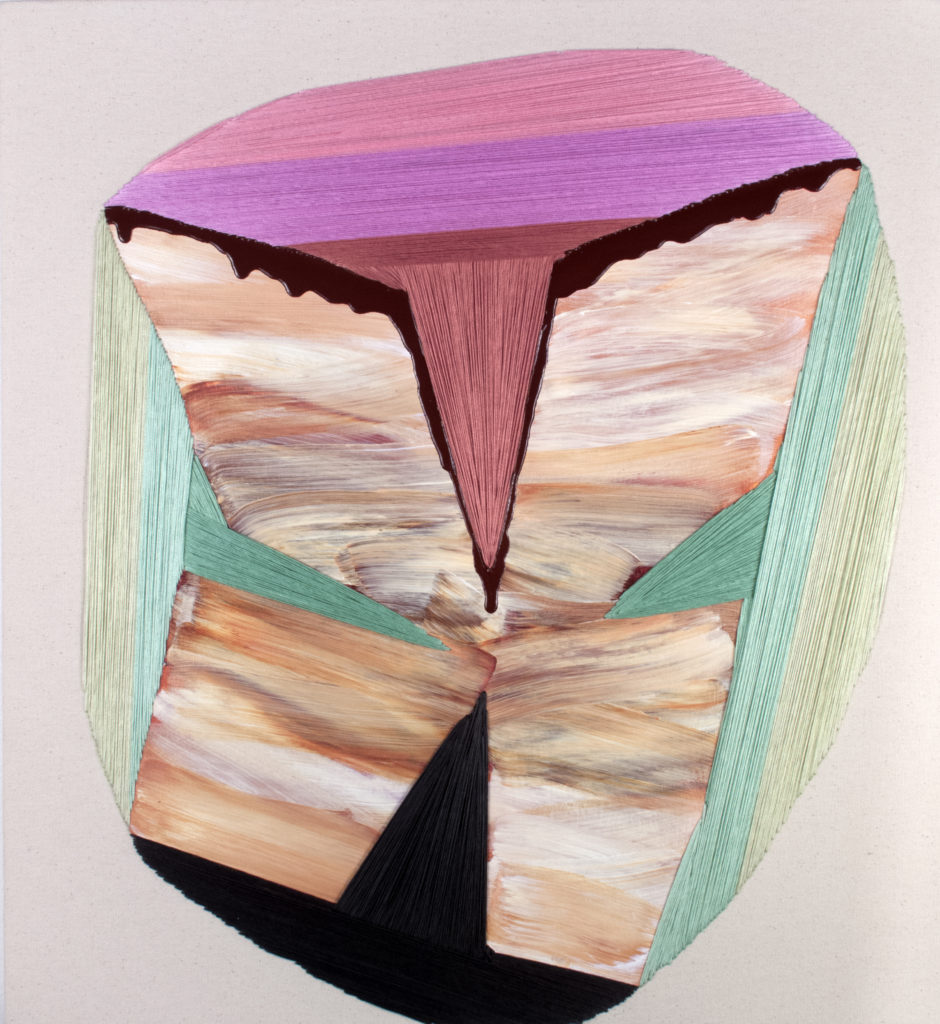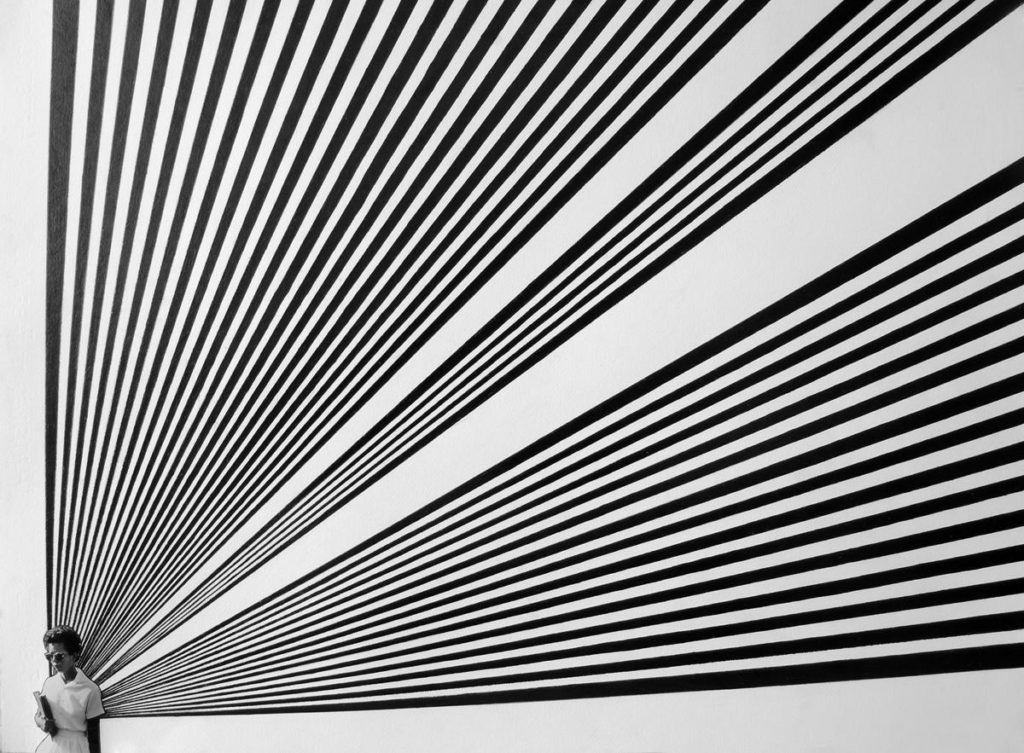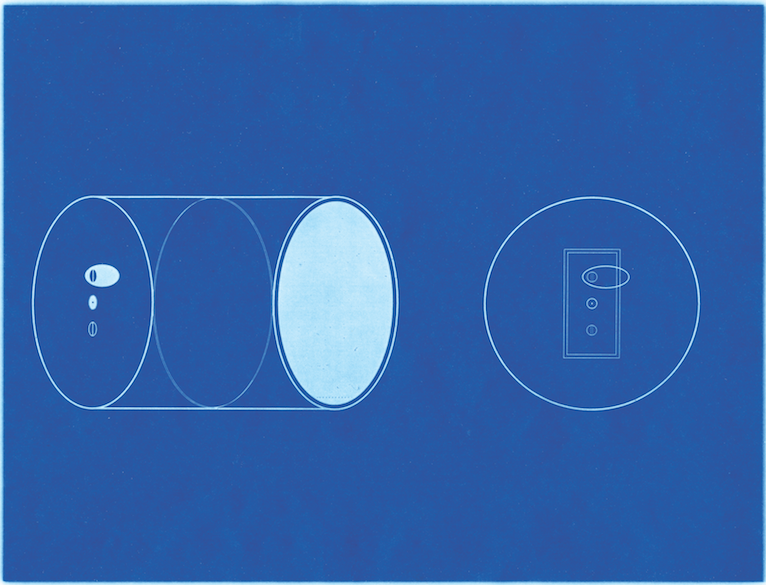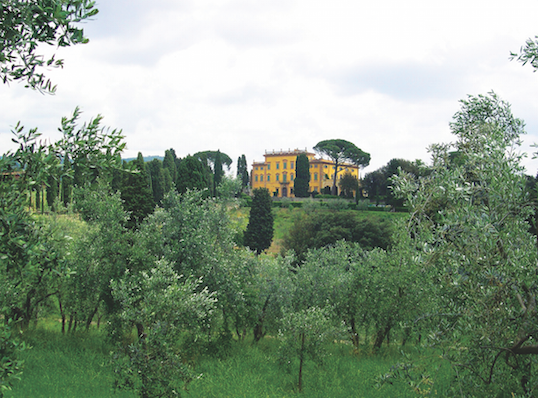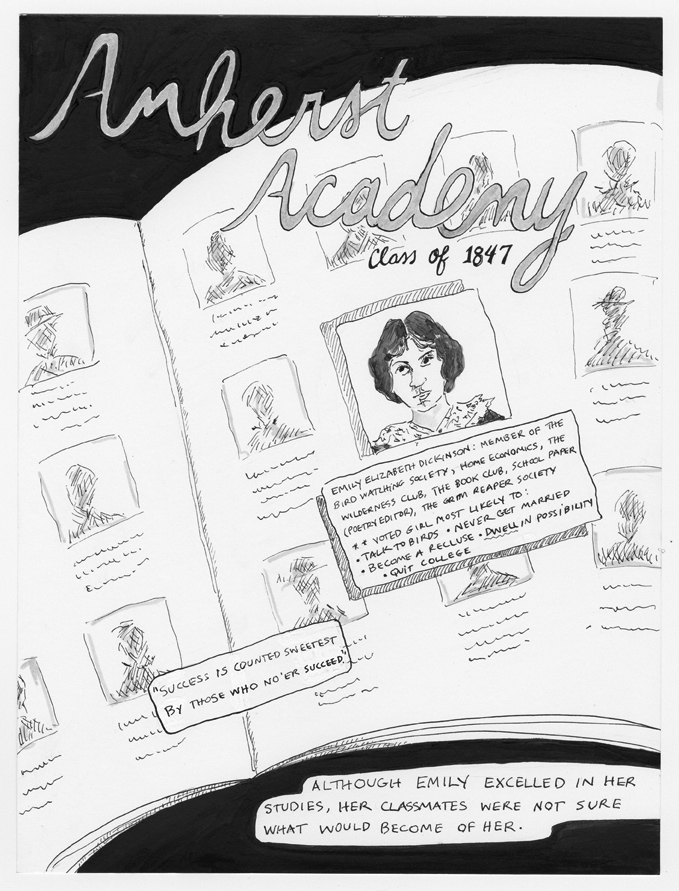Images by Michael Mazur and Betsey Garand

Three weeks ago, I had an intimate and frenzied encounter with a wild bobcat as it was chasing my chickens. We locked eyes for a moment, and I quickly glanced down at its large, impressive paws. Tawny, speckled fur contrasted starkly with razor-sharp black claws. It ran off to the edge of the woods, first stopping to glance back at me before disappearing into the thicket. I began to think of a series of intaglio prints that would capture the essence of this feral fury.


 Scene Stealing, ink on paper, 15 x 11.5”
Scene Stealing, ink on paper, 15 x 11.5”
